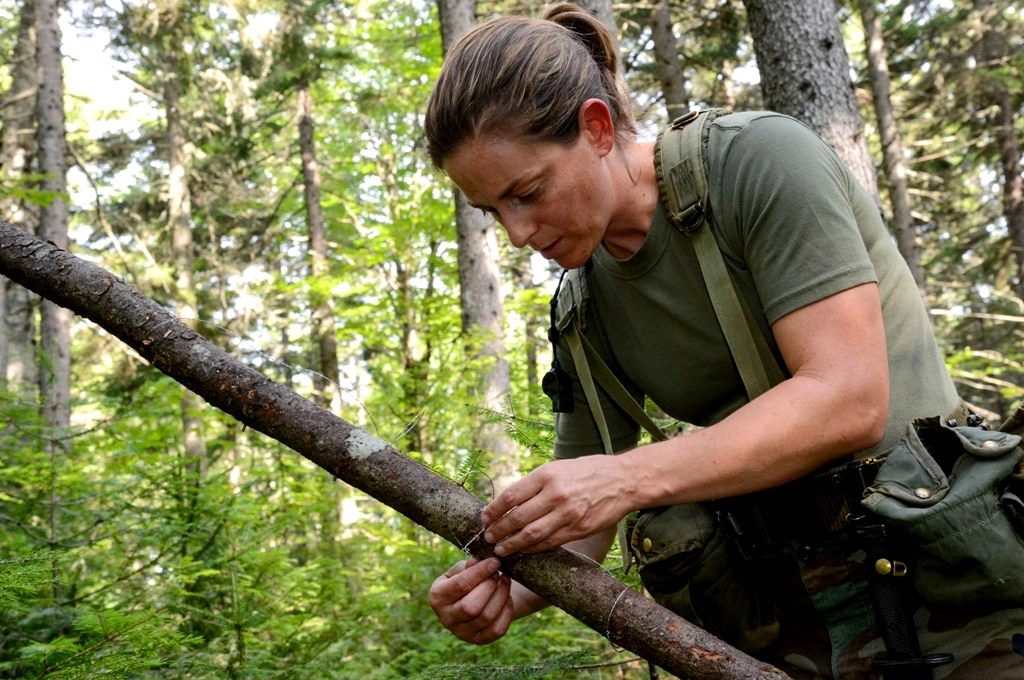Why You Gotta Care About Safety in 2025
Let’s get real for a sec—wilderness adventures are booming. Statista says 45 million Americans are out there hiking or camping every year, and Pinterest searches for “wilderness safety tips” blew up by 80% in 2024. People are hyped, but also, yikes, that’s a lot of folks potentially getting in over their heads.
Here’s the deal: accidents happen. Like, 4,000 rescue missions go down every year in U.S. national parks alone (thanks, National Park Service). So, unless you want to end up as an embarrassing headline or a cautionary tale on Reddit, you should probably pay attention to these tips.
(Btw, if you want more outdoor inspo, check out our 2025 Adventure Guide. Just saying.)
Why Bother With Safety Anyway?
Look, 70% of outdoor injuries could’ve been avoided if people just prepped a little (thanks, REI, for the tough love). And being ready means you can actually enjoy the scenery instead of worrying about how you’re going to MacGyver your way out of trouble. Also, money talks—planning ahead can cut emergency costs by half, according to Backpacker. And if you care about not trashing the environment, good safety practices help there, too. Win-win.
Safe on Your Wilderness Adventure: 8 Genuinely Useful Tips
Okay, here’s the stuff you really came for. Eight legit ways to NOT end up calling Search and Rescue (or your mom) in a panic:
- Plan and Research Your Route
Don’t just wing it—study those maps and trail reports. You’ll reduce your risk of getting lost by like, 60% (National Park Service has the receipts). Grab AllTrails or something. Free if you’re cheap, $35/year if you want the fancy stuff.
- Pack Essential Gear
No, your phone doesn’t count as “gear.” Pack water, snacks, a multi-tool—the basics. REI says having the right stuff prevents 65% of “oh crap” moments. Backpacks and gear will set you back $50-150, but hey, it’s your life on the line.
- Learn Basic Navigation
If you can’t use a compass or GPS, you’re basically a lost puppy. Outside Online says 70% of hikers who get in trouble just didn’t know where they were. Take a navigation course at REI for $30-$100. Or just ask your uncle who was a Boy Scout.
- Know Your Wildlife
Bears. Snakes. Angry raccoons. Know what to do if you meet one. You can cut your risk by 80% if you know your stuff (National Geographic backs me up). BearSmart has free info. Don’t be that person who runs.
- Prep for Weather Mood Swings
Nature’s moody—one minute it’s sunny, next minute you’re in a downpour. Bad weather causes 40% of outdoor mishaps (Backpacker). Check the forecast, pack layers, grab a rain jacket. Patagonia’s got you covered (for $40-$120).
- Bring a First Aid Kit
Not just Band-Aids—think antiseptic, painkillers, maybe even some duct tape (you never know). Adventure Medical Kits says half of all injuries can be handled with a decent kit. $20-$60, and you won’t have to use a leaf as a bandage.
- Tell Someone Where You’re Going
Seriously, this one’s huge. 90% of rescues happen because someone knew where to look (National Park Service). Use a Garmin InReach or just text your plans to a buddy. The device is pricey ($350-$500) but your friend’s worried texts are free.
- Know What to Do in an Emergency
Yelling into the void isn’t a rescue plan. Learn how to signal for help, and maybe invest in a satellite communicator. Outside Online says 75% of remote rescues needed someone who knew what they were actually doing. NOLS has courses, $100-$300.
Want gear recs? We’ve got an Outdoor Gear Guide for that.
Bonus Pro-Tips for Not Dying (Or Just Having a Chill Time)
- Practice before you go. Not the time to break in new boots or test your “sense of direction.”
- Group up. Going solo is cool and all, but groups slash risk by half (Backpacker says so).
- Water, water, water. Two liters per person, minimum (National Geographic isn’t kidding).
- Double-check permits. Rangers have no chill about rules (National Park Service).
- Know local risks. Avalanches, ticks, whatever—just Google it.
Planning nerd? Our Adventure Travel Guide is your friend.
Handy Resources for Your Wilderness Adventure
- Websites: National Park Service for the official word.
- Social: Instagram’s #WildernessSafety is a goldmine for real-life fails and tips.
- Books: “The Outdoor Adventurer’s Guide to Survival” by John D. McCann. Old-school but solid.
- Apps: AllTrails for maps and reviews. Don’t trust your memory.
Basically, no excuses for going in blind.
Hit Us Up for More Advice
If you want more personalized tips (or just wanna brag about your next trip), reach out! We’re all about keeping you safe—and making sure your adventure stories are about fun, not frantic SOS calls.
Catch you out there.

